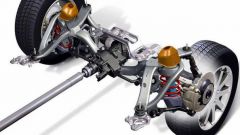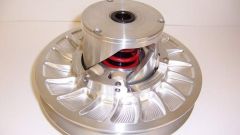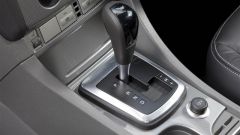Instruction
1
Look carefully at all the symbols on the car, the engine and in the accompanying documents. Automatic transmission is often denoted by the letters A or at. The CVT is always indicated by a combination of characters CVT.
2
Gather as much information about the car. Sources of information can be a variety of automotive publications, catalogs, Internet, technical and reference literature. This way you will know exactly the type of transmission, which could be installed on a particular brand of car.
3
Do a test drive on the car. The main difference of the variator from the machine is that a gear in the machine gives the characteristic perceptible tremors with a simultaneous change of the number of revolutions, which can be defined as the tach and by ear.
4
Note that modern variable-speed drives with fixed ranges with the measured drive fairly accurately replicate the operation of the machine. Therefore, the lack of aftershocks can be determined only by dynamic acceleration. Engine with a CVT with a sharp pressing the gas pedal "hangs" at a certain number of turns, and the car accelerates without bumps and when stationary the needle of the tachometer.
5
During the trip, find a stretch of road with driving uphill. Will slow down the car and release the brake pedal. The machine will not fall back, and start slow movement forward, the CVT on the contrary - slightly set back, and movement at idle will not. This method of determining suitable only for those CVTs that have no stop mode when rolling.
6
Ignore the recommendations, advice to distinguish between automatic and CVT for signs of modes of their work. It's too unreliable option, very different depending on the brand and model of the car. In addition, the designation of the modes on the machines and CVTs may be the same.
7
If you are still in doubt about the type of transmission installed, the final answer will receive the branded service stations. Experienced professionals will first look at the bottom of the car to say CVT or automatic.






